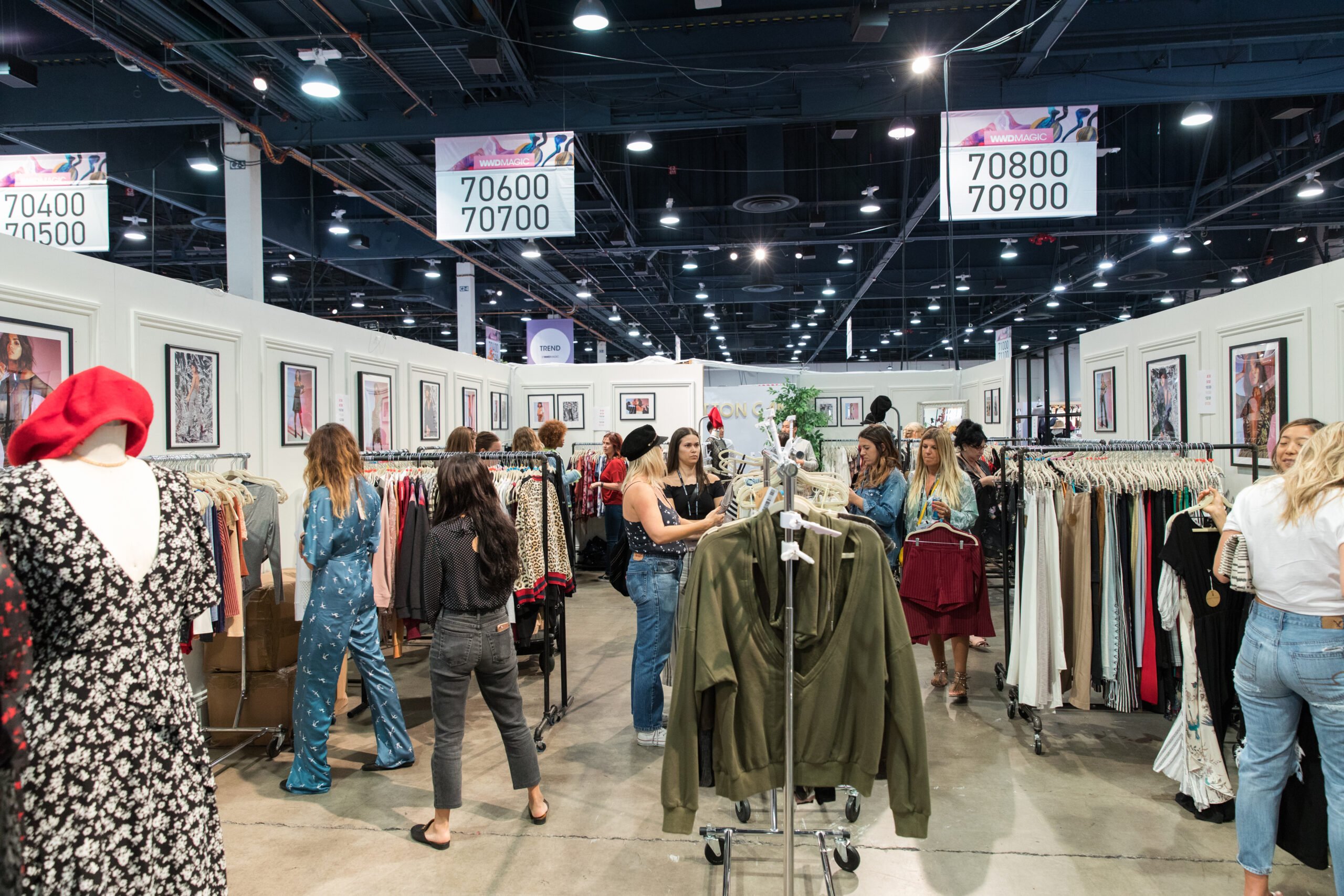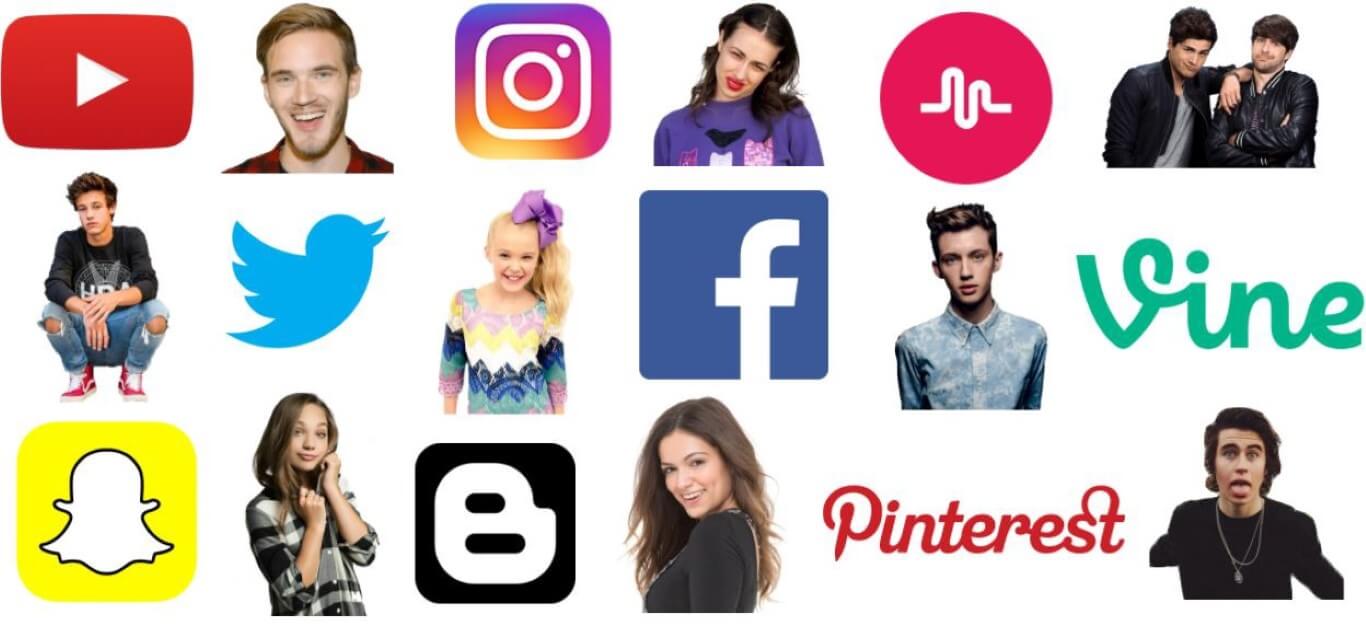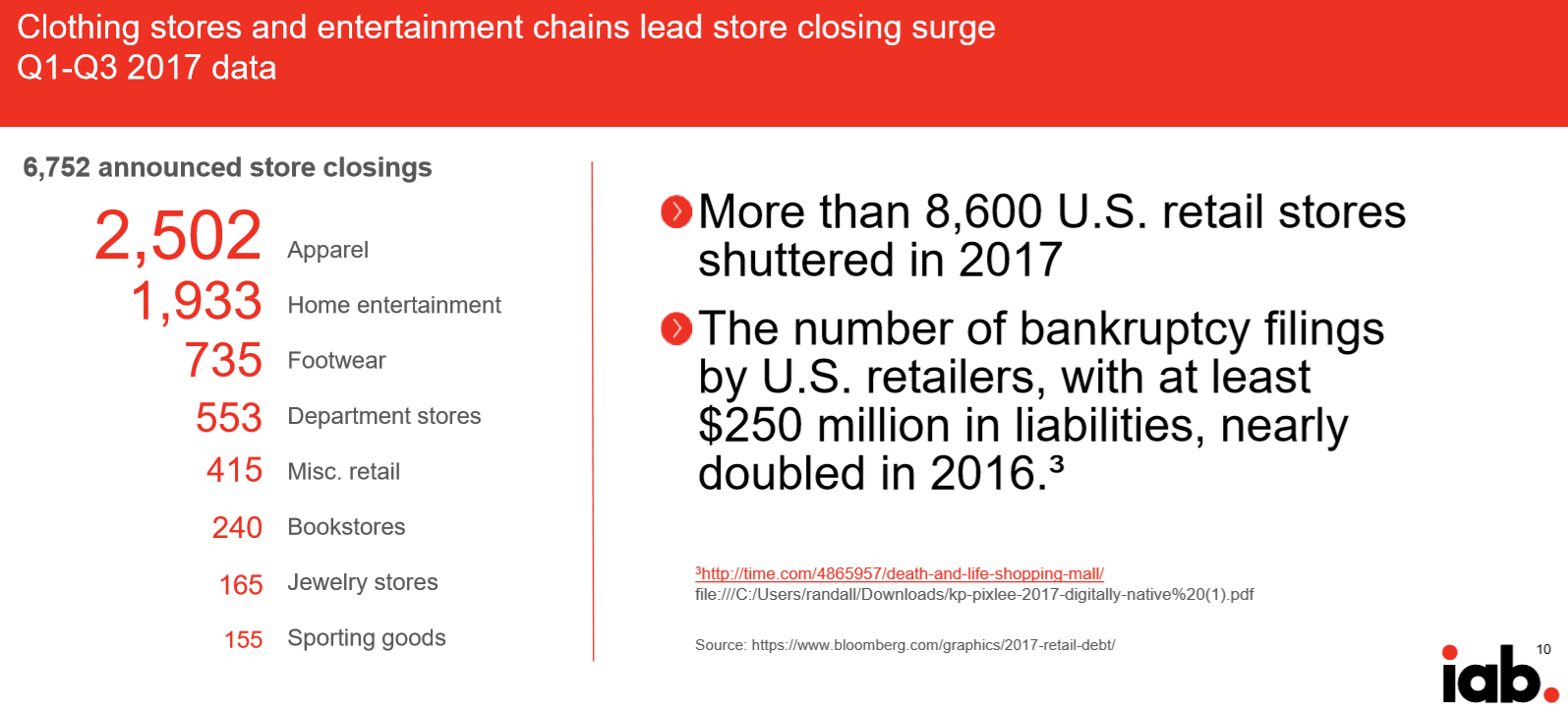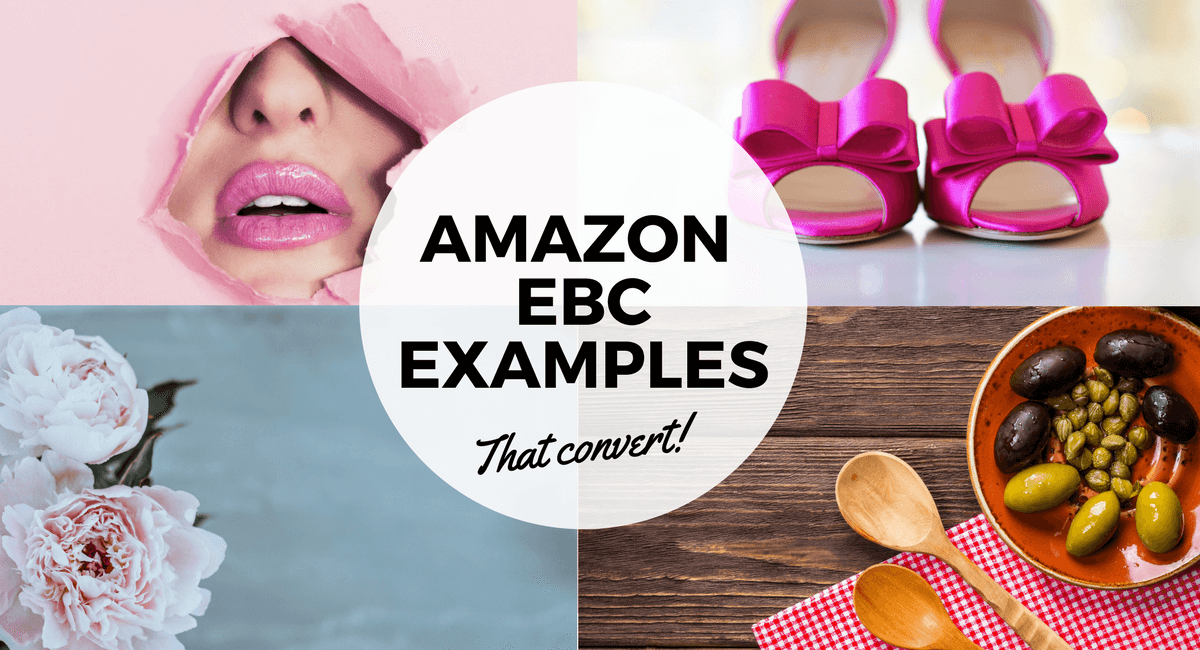Hundreds of fashion brands and retailers descended upon Las Vegas last week in what is considered one of the biggest fashion events of the year: MAGIC.
The MAGIC conference is a space for both brands and retailers to meet in-person, showcase the latest fashion trends, and network with future business partners.
CPC Strategy was in full attendance this year — here are some of the trends and hot topics we encountered while on the conference floor.
Protecting Brand Equity on Amazon
As expected, Amazon was on everyone’s mind this year.
With predictions that Amazon is on track to becoming the biggest apparel retailer this year and soon to make up for 50% of all US ecommerce, apparel businesses are well aware of the pressures to sell their product lines on Amazon.
Amazon remains a controversial topic in the fashion vertical. Some brands are fearful that Amazon can damage brand equity by placing their products alongside cheaper knockoffs.

-Josh Sheline, Account Executive at CPC Strategy
The truth is that many brands still see Amazon as a threat to their brand equity because of the proliferation of cheaper products that threaten higher prices and profit margins.
We also encountered concerns that selling on Amazon means cheapening your products or brand equity.
What I found to be interesting when speaking to a fairly large brand, is that they decided to not sell on Amazon to give them more leverage during negotiations with big box retailers.

-George Anastopolous, Account Executive at CPC Strategy
This year’s conference confirmed that Amazon and brand equity challenges are topics that won’t be going away anytime soon.
While there is no singular answer to protecting your brand equity, there are resources available to better navigate the problem, as well as CPC Strategy’s Guide to Proactively Protect Your Brand From Unauthorized Sellers On Amazon.
Differentiating Your Fashion Brand In a Crowded Market
Another important theme this year was how brands can better differentiate themselves and retain their unique brand value to protect their higher prices and margins.

“People are questioning the lifecycle and the lifetime that brand equity has,” explains Josh.
How can you differentiate your brand to maintain its unique value in a sea of competitors looking to do the same?
Knockoff products and other brands may threaten your unique branding play, but there are options to better stand out from the crowd and build your brand equity.
Amazon offers an array of premium content that enables fashion brands the space to make their brand and product offering stand out from the competition.
Investing in well-crafted creative and then customizing your shopping experience with premium Amazon content can help brands not only differentiate themselves in a crowded market, but also drive conversions.
Evaluating Influencer ROI
Influencer marketing was another hot topic at this year’s magic, with several presenters showing how brands can leverage content to improve influencer campaign ROI.
“Brands and retailers are honing on the value of influencer marketing,” says Josh. “They are still finding ways to maximize their ROI with using fashion influencers.”

While many brands have engaged with influencer marketing to some degree, many have yet to perfect the new channel.
There’s a lot more than just paying an influencer to post content for you.
“Some presenters explained that partnering with influencers is much more than just finding them — it’s also developing them into brand ambassadors that suit your brand,” Josh explains.
Brands are finding more success by sending an influencer free product to begin with, to see if there is a natural relationship. If they genuinely love your products, then you can engage financially to develop a brand ambassador. They’re more likely to be invested in your success.
Repurposing influencer content
In addition to best practices for developing an influencer partnership, some speakers spoke to the advantage of repurposing influencer content for paid marketing campaigns.
“A lot of brands are finding the value in generating extra returns by repurposing influencer marketing for targeting campaigns,” explains George.
“Using social media to not only boost influencer posts, but also to use this content for paid efforts.”
A post shared by JORDAN GILL (@newyorkcitystylist) on
Not only are more brands repurposing their influencer content, they are even building product lines around their favorite influencers, says George.
The Big Takeaway
The strong presence of brick-and-mortar retailers and traditional apparel brands was a reminder that many are still wary of big ecommerce channels like Amazon and how it impacts their business model and brand equity.
Although they might agree that digital trends in influencer marketing, consumer behavior, and ecommerce channels are changing the industry — many retailers still differ on how to best respond to the disruption of the wholesale landscape.

You Might Be Interested In













